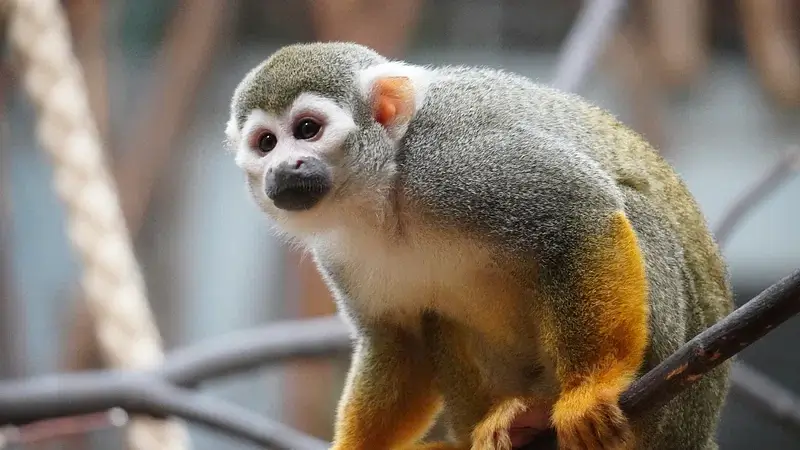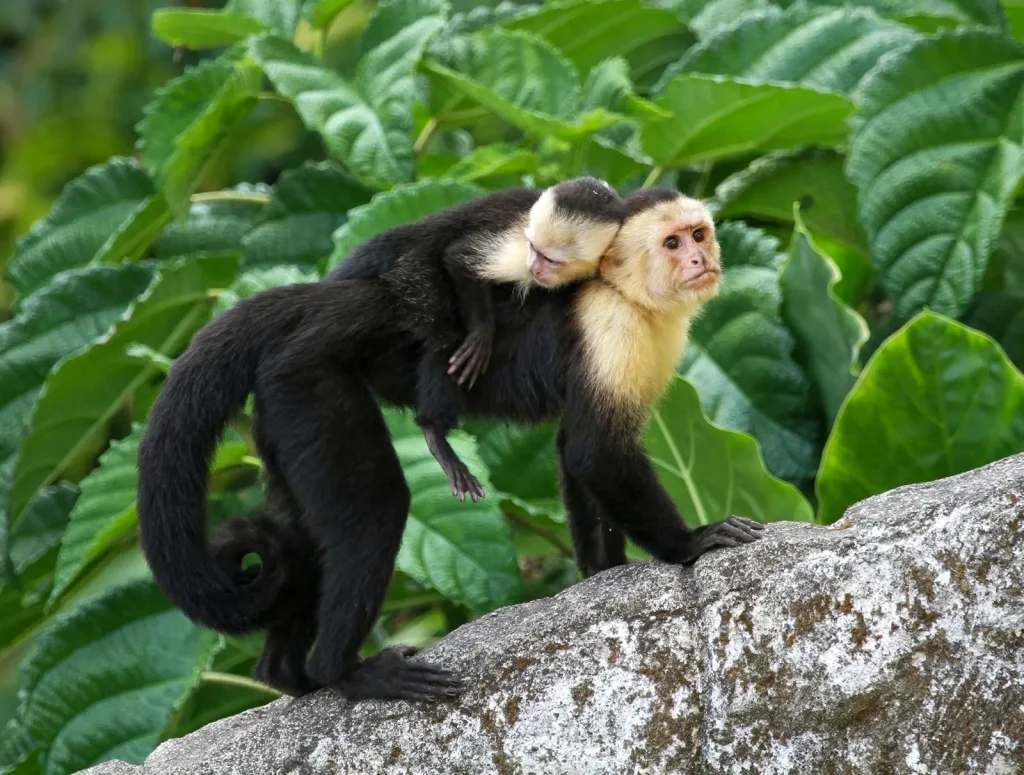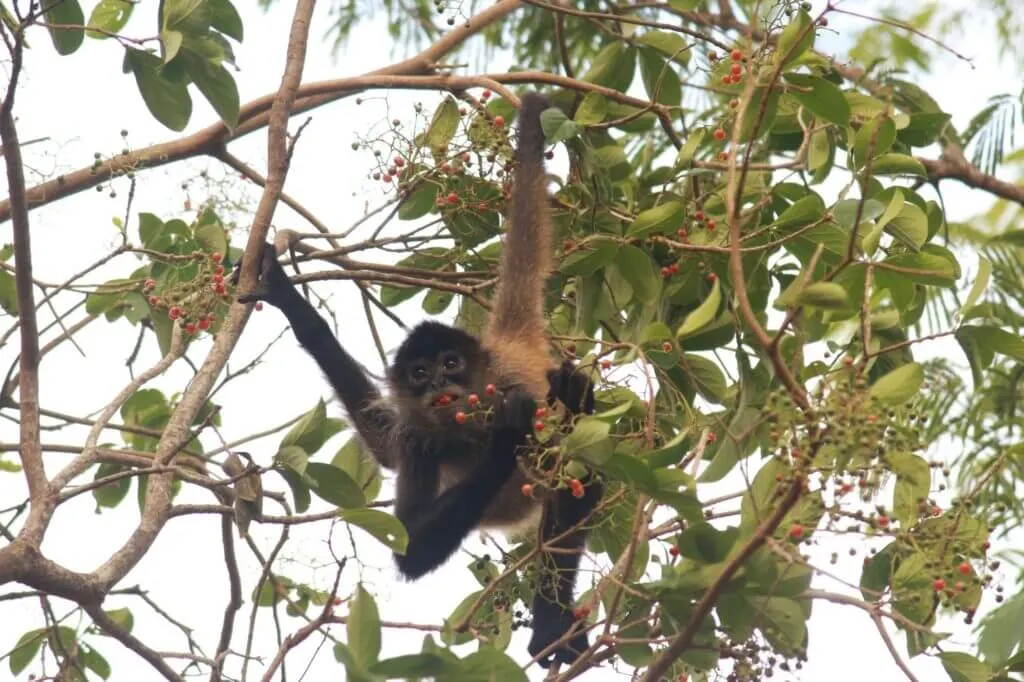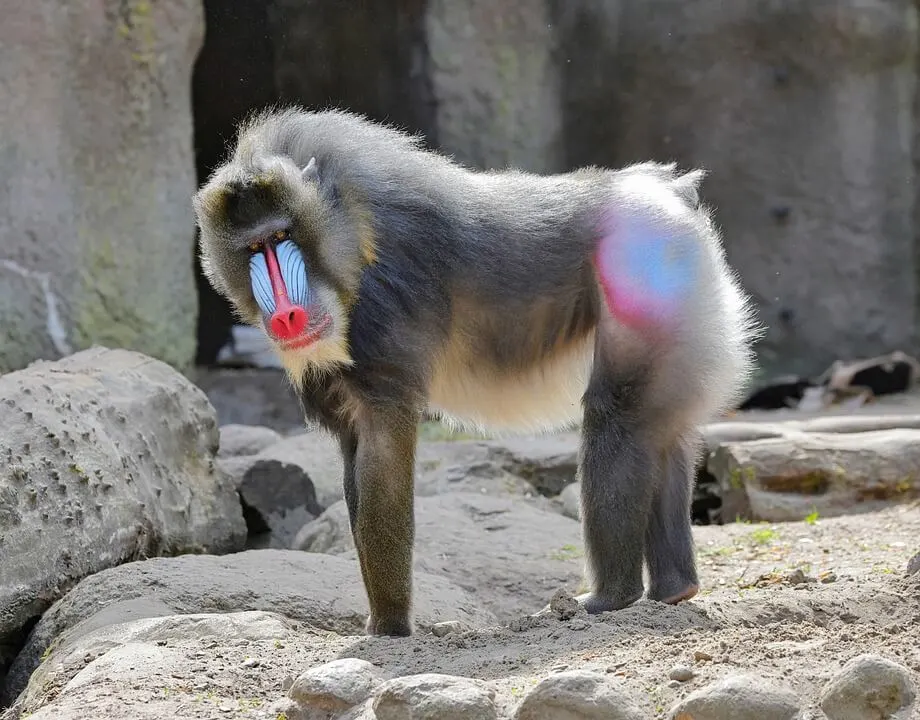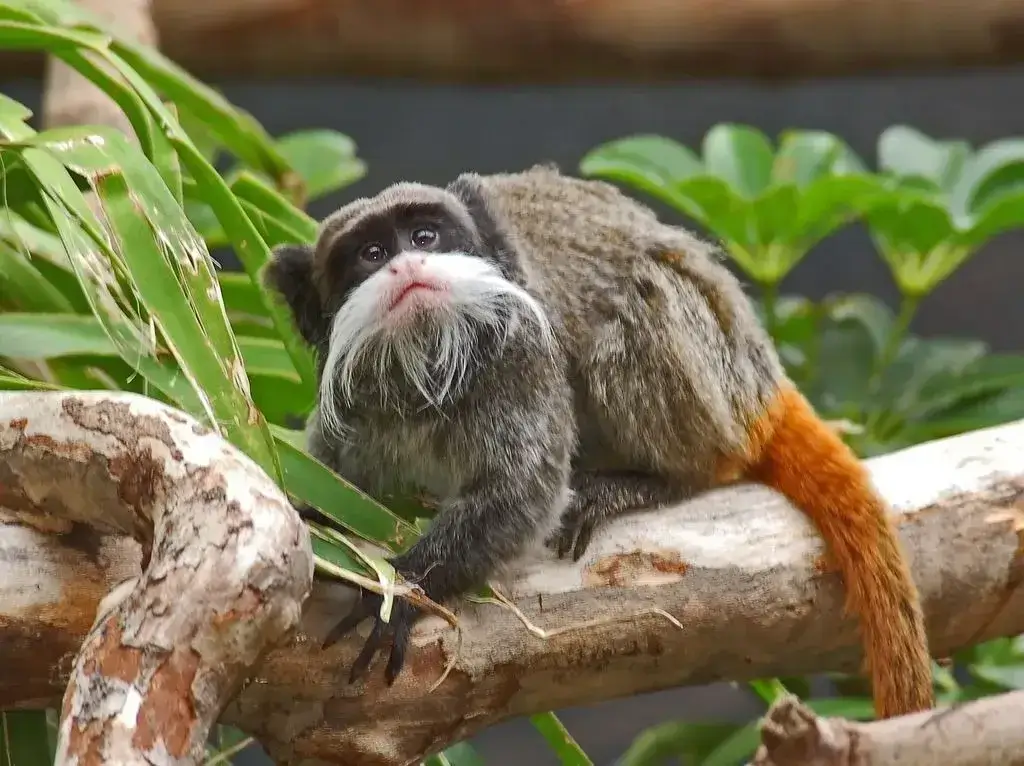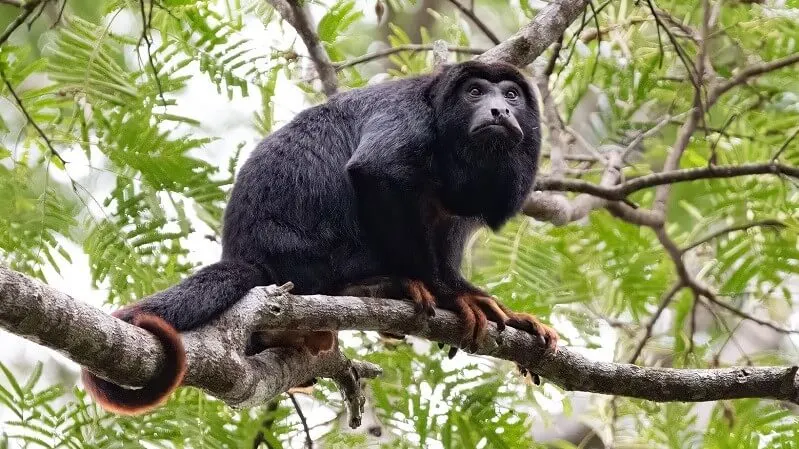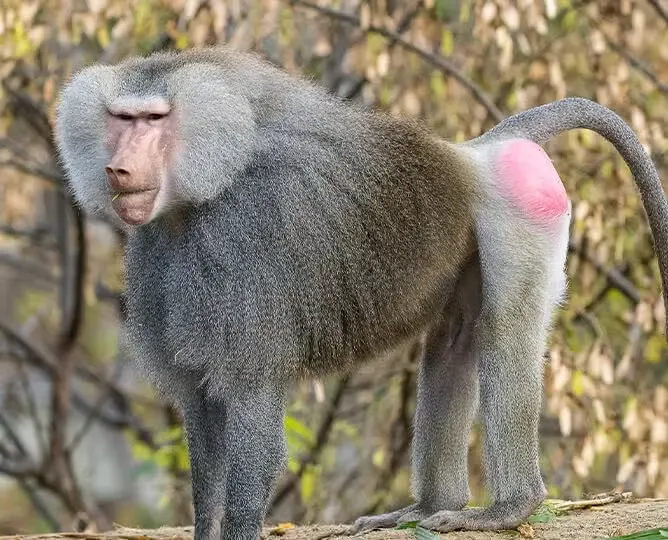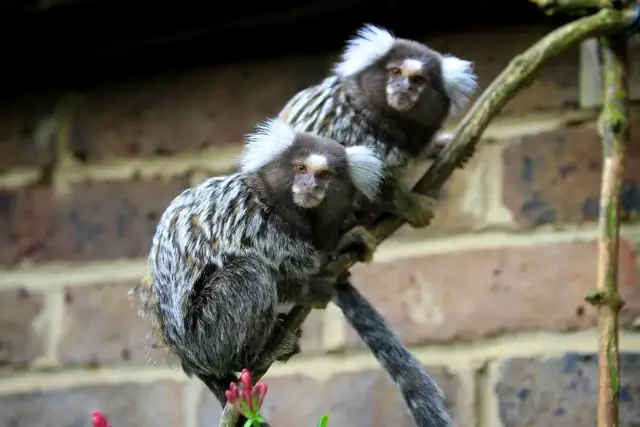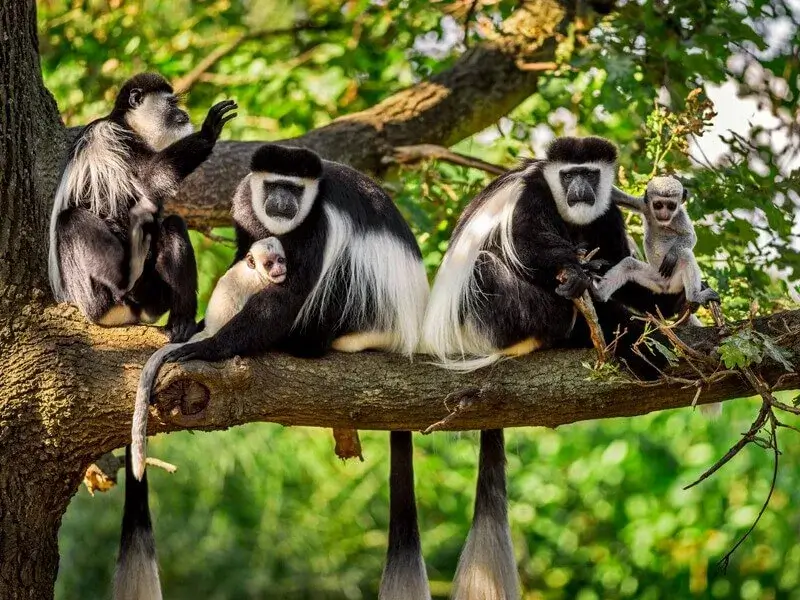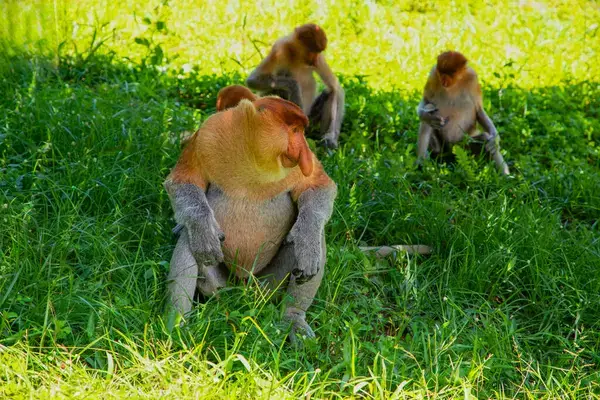🐒 Squirrel Monkey – The Tiny Acrobat of the Jungle
🌿 Introduction
The Squirrel Monkey is a small, vibrant primate that captivates nature lovers with its agility, intelligence, and expressive face. Known for its playful personality and lightning-fast movements, this monkey species thrives in the tropical rainforests of Central and South America. Whether in the wild or under conservation, squirrel monkeys continue to fascinate scientists, photographers, and wildlife enthusiasts around the world.
🌎 Natural Habitat and Distribution
Squirrel monkeys primarily inhabit the lush canopies of rainforests, especially in countries like Brazil, Colombia, Peru, and Ecuador. They prefer:
- 🌳 Dense tropical rainforests
- 🌿 River edges and swamplands
- 🌴 Both primary and secondary forests
These monkeys rarely touch the ground and are adapted to an arboreal lifestyle, where they leap gracefully between branches.
🧬 Physical Characteristics
Despite their small size, squirrel monkeys are full of energy and personality. Key traits include:
- Size: 25 to 35 cm (excluding tail)
- Tail: Long and non-prehensile, up to 40 cm
- Weight: 750 to 1100 grams
- Color: Yellowish-orange limbs, white face, black snout
Their long tails help with balance as they navigate the treetops with astonishing agility.
🍃 Behavior and Social Structure
Squirrel monkeys are extremely social creatures and live in large troops, sometimes with over 100 individuals. Their lifestyle includes:
- 🗣 Constant vocal communication to stay connected
- 🤝 Grooming and play to build bonds
- 🐾 Coordinated foraging to find food together
They are diurnal and spend most of their day foraging, moving, and interacting.
🥭 Diet and Feeding Habits
Squirrel monkeys are omnivorous and enjoy a diverse diet. Their meals typically include:
- 🍌 Fruits and berries
- 🦗 Insects and small invertebrates
- 🌱 Flowers and nectar
- 🌰 Nuts and seeds (occasionally)
Their high-energy lifestyle requires frequent feeding, and they often forage in groups to increase success.
🍼 Reproduction and Parenting
Mating usually occurs during the rainy season, with births timed for the dry season when food is abundant. Important facts:
- Gestation period: Around 5 months
- Offspring: Usually one baby per pregnancy
- Maternal care: Mothers carry infants on their backs for weeks
The troop plays a role in protecting the young, although parenting is mainly the mother’s responsibility.
🩺 Health and Lifespan
Squirrel monkeys are generally healthy but, like all primates, are susceptible to certain illnesses:
- 🦠 Respiratory infections
- 🧠 Neurological conditions in captivity
- 🧬 Genetic diseases (rare)
In the wild, their lifespan ranges from 15 to 20 years. In well-managed care, they may live up to 25 years.
🌍 Conservation Status
While some squirrel monkey species are abundant, others face threats from:
- 🌲 Deforestation and habitat loss
- 🧑🌾 Agricultural expansion
- 📦 Illegal wildlife trade
Organizations like the IUCN monitor squirrel monkey populations. Some subspecies are listed as vulnerable or near-threatened, depending on their range and threats.
🎪 Role in Research and Culture
Historically, squirrel monkeys were often used in biomedical research due to their intelligence and size. However, this practice has declined with growing awareness of animal rights. They’ve also gained popularity in media, often portrayed as mischievous yet charming sidekicks in movies and cartoons.
👨👩👧👦 Interaction with Humans
Squirrel monkeys are not ideal pets due to their high energy, social needs, and legal protection. In sanctuaries and conservation parks, they thrive when given:
- 🌿 Enrichment tools like ropes, puzzles, and branches
- 🧠 Mental stimulation and group interaction
- 💖 Gentle, consistent care with respect for their natural behaviors
Their well-being depends on environments that mimic their natural habitat.
📸 Fun Facts About Squirrel Monkeys
- 🐒 They have one of the largest brain-to-body ratios of any primate!
- 🎨 Their colorful facial pattern helps troop members recognize each other.
- ⏱ They can leap over 2 meters from tree to tree!
- 📢 Their call system includes over 25 unique vocalizations.
❓ Frequently Asked Questions
Q1: Are squirrel monkeys endangered?
A: Some subspecies are vulnerable due to habitat loss, but others have stable populations. Conservation efforts vary by region.
Q2: Can squirrel monkeys be kept as pets?
A: Generally, no. Their complex social and environmental needs make them unsuitable as household pets.
Q3: What do squirrel monkeys eat?
A: They enjoy fruits, insects, flowers, and small animals. Their diet is varied and essential to their high activity levels.
Q4: How do squirrel monkeys communicate?
A: They use a range of vocal calls, body language, and facial expressions to stay in touch with troop members.
Q5: Where can I see squirrel monkeys?
A: You can observe them in protected rainforests, reputable zoos, or ethical wildlife sanctuaries worldwide.
✅ Conclusion
The Squirrel Monkey is a captivating example of agility, intelligence, and community in the animal kingdom. With their expressive faces and playful nature, they continue to inspire curiosity and admiration. As stewards of nature, we can support conservation efforts that protect their habitats and ensure that future generations will also enjoy the magic of these incredible primates.
